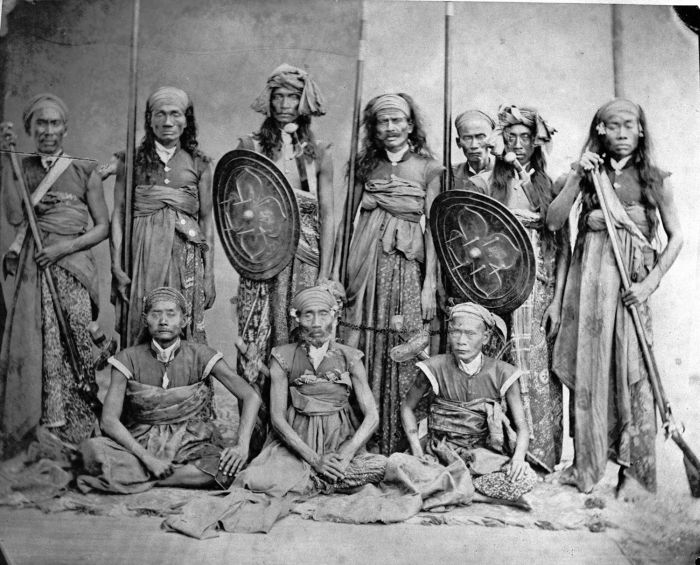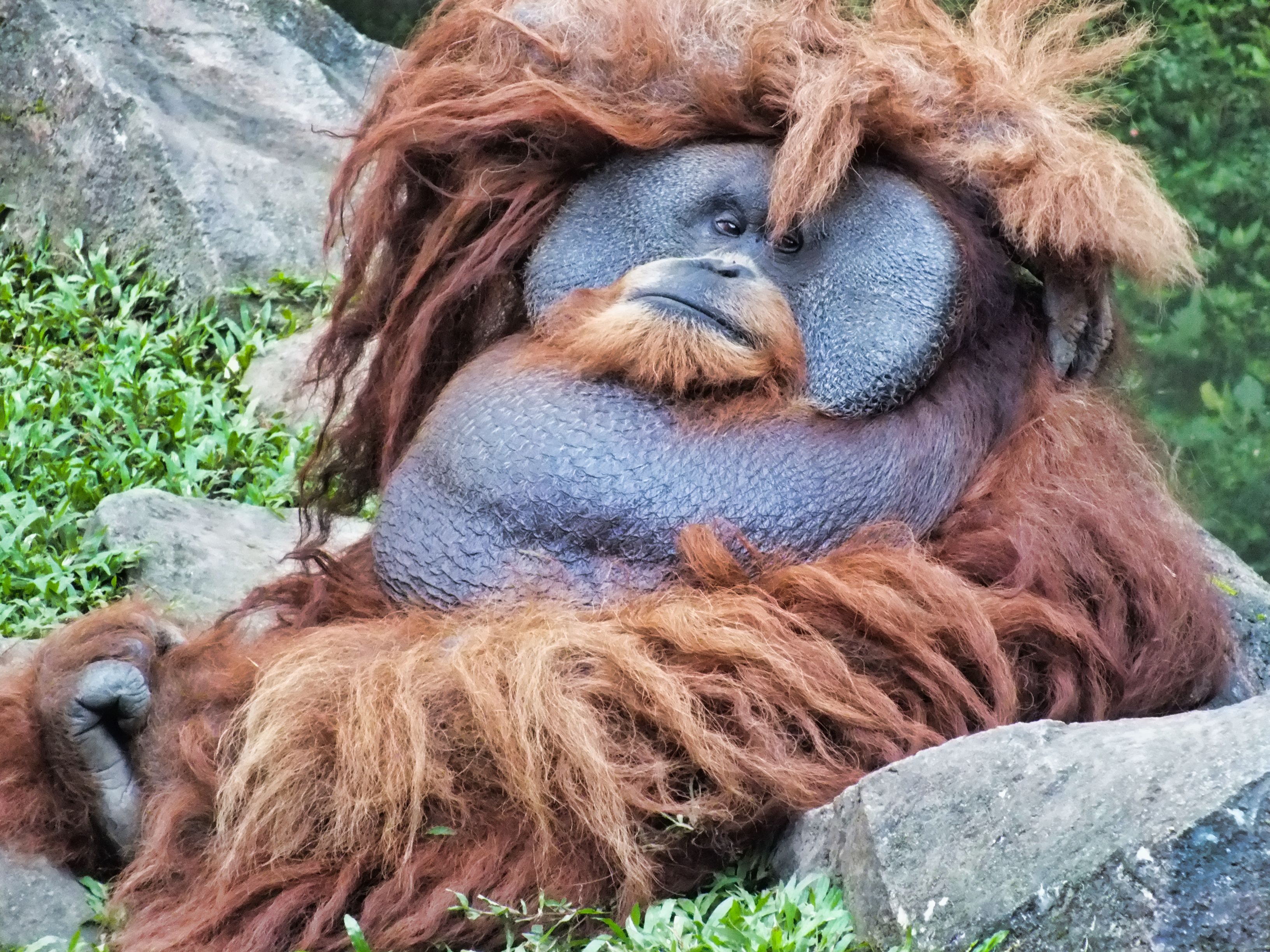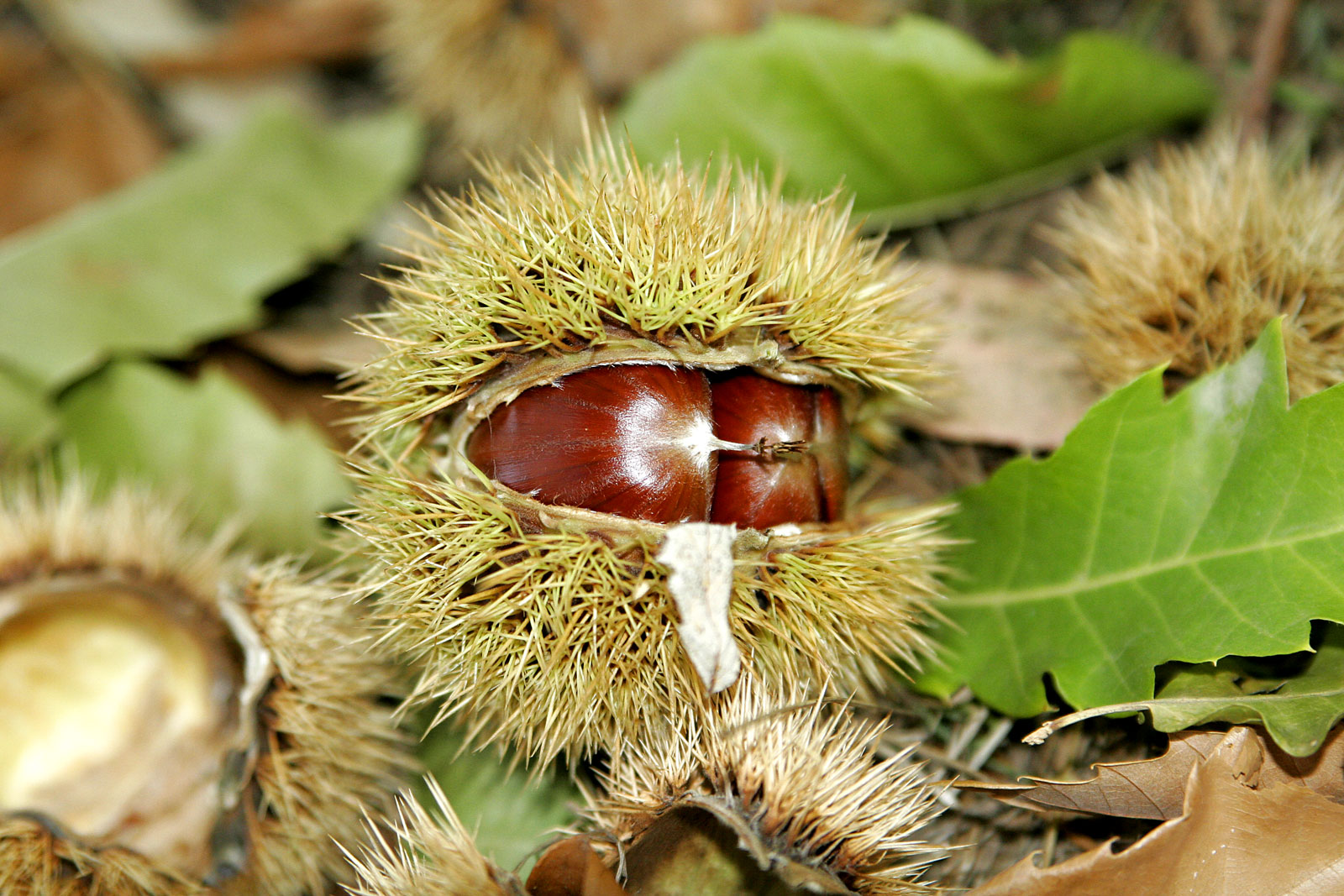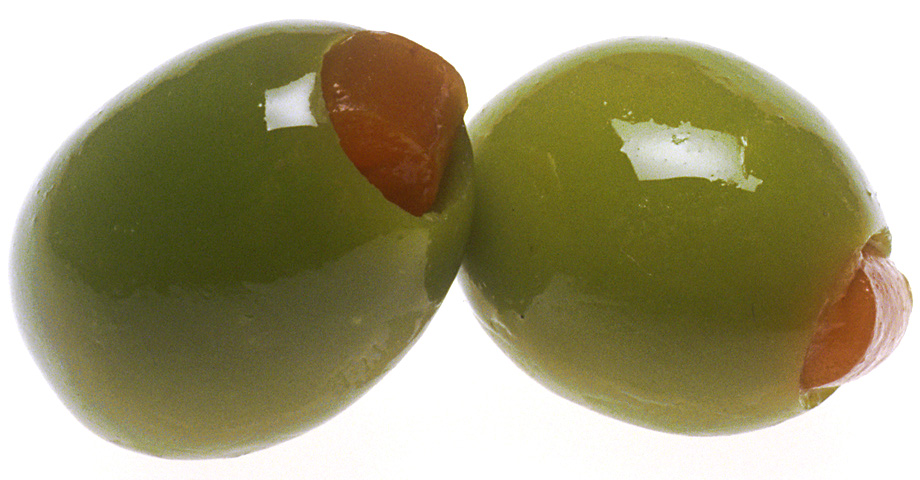|
Pink-necked Green Pigeon
The pink-necked green pigeon (''Treron vernans'') is a species of bird of the pigeon and dove family, Columbidae. It is a common species of Southeast Asia, found from Myanmar and Vietnam south through to the major islands of Indonesia and the Philippines (where it is called "punay"). It is a medium-sized pigeon with predominantly green plumage; only the male has the pink neck that gives the species its name. The species lives in a wide range of forested and human-modified habitats and is particularly found in open habitats. Its diet is dominated by fruit, in particular figs. Pairs lay two eggs in a flimsy twig nest in a tree, shrub, or hedge, and work together to incubate the eggs and raise the chicks. The species is thought to be an important disperser of fruit seeds. The species has adapted well to human changes to the environment, and can be found in crowded cities as long as fruiting trees are present. Taxonomy Carl Linnaeus described the pink-necked green pigeon as ''Columb ... [...More Info...] [...Related Items...] OR: [Wikipedia] [Google] [Baidu] |
Kent Ridge Park
Kent Ridge Park is a 47-hectare public park located in Kent Ridge, Singapore, between the National University of Singapore and the Singapore Science Park. Due to its undisturbed habitat and abundant plant life, it is a popular venue for bird-watchers and eco-tourists. During the Second World War, a hill in the park was the site of one of the last and fiercest battles fought by the Malay Regiment against the invading Japanese army, the Battle of Bukit Chandu (also known as the Battle of Pasir Panjang), 12–14 February 1942.Foong (1997), "Fighting the Enemy in Pasir Panjang: The Role of the Malay Regiment", p. 295. The park was officially opened in 1954, and was gazetted by the National Heritage Board as one of 11 World War II sites in Singapore in 1995.National Heritage Board (1995), "Battle of Pasir Panjang", p. 5. It is one of over 300 parks managed by Singapore's National Parks Board, NParks. History The area occupied by Kent Ridge Park and the ... [...More Info...] [...Related Items...] OR: [Wikipedia] [Google] [Baidu] |
Moluccas
The Maluku Islands (; Indonesian: ''Kepulauan Maluku'') or the Moluccas () are an archipelago in the east of Indonesia. Tectonically they are located on the Halmahera Plate within the Molucca Sea Collision Zone. Geographically they are located east of Sulawesi, west of New Guinea, and north and east of Timor. Lying within Wallacea (mostly east of the biogeographical Weber Line), the Maluku Islands have been considered as a geographical and cultural intersection of Asia and Oceania. The islands were known as the Spice Islands because of the nutmeg, mace and cloves that were exclusively found there, the presence of which sparked colonial interest from Europe in the sixteenth century. The Maluku Islands formed a single province from Indonesian independence until 1999, when it was split into two provinces. A new province, North Maluku, incorporates the area between Morotai and Sula, with the arc of islands from Buru and Seram to Wetar remaining within the existing Maluku Province. ... [...More Info...] [...Related Items...] OR: [Wikipedia] [Google] [Baidu] |
Sumbawa
Sumbawa is an Indonesian island, located in the middle of the Lesser Sunda Islands chain, with Lombok to the west, Flores to the east, and Sumba further to the southeast. Along with Lombok, it forms the province of West Nusa Tenggara, but there have been plans by the Indonesian government to split the island off into a separate province. Traditionally, the island is known as the source of sappanwood, as well as honey and sandalwood. Its savanna-like climate and vast grasslands are used to breed horses and cattle, as well as to hunt deer. Sumbawa has an area (including minor offshore islands) of (three times the size of Lombok) with a population (at the 2020 Census) of 1,561,461.Badan Pusat Statistik, Jakarta, 2021. It marks the boundary between the islands to the west, which were influenced by religion and culture spreading from India, and the region to the east that was less influenced. In particular this applies to both Hinduism and Islam. Etymology Sumbawa is a Portuguese ... [...More Info...] [...Related Items...] OR: [Wikipedia] [Google] [Baidu] |
Lombok
Lombok is an island in West Nusa Tenggara province, Indonesia. It forms part of the chain of the Lesser Sunda Islands, with the Lombok Strait separating it from Bali to the west and the Alas Strait between it and Sumbawa to the east. It is roughly circular, with a "tail" ( Sekotong Peninsula) to the southwest, about across and a total area of about including smaller offshore islands. The provincial capital and largest city on the island is Mataram. Orang Lombok is some what similar in size and density, and shares some cultural heritage with the neighboring island of Bali to the west. However, it is administratively part of West Nusa Tenggara, along with the larger and more sparsely populated island of Sumbawa to the east. Lombok is surrounded by a number of smaller islands locally called Gili. The island was home to some 3,168,692 Indonesians as recorded in the decennial 2010 censusBiro Pusat Statistik, Jakarta, 2011. and 3,758,631 in the 2020 Census;Badan Pusat Statistik, ... [...More Info...] [...Related Items...] OR: [Wikipedia] [Google] [Baidu] |
Bali
Bali () is a province of Indonesia and the westernmost of the Lesser Sunda Islands. East of Java and west of Lombok, the province includes the island of Bali and a few smaller neighbouring islands, notably Nusa Penida, Nusa Lembongan, and Nusa Ceningan to the southeast. The provincial capital, Denpasar, is the most populous city in the Lesser Sunda Islands and the second-largest, after Makassar, in Eastern Indonesia. The upland town of Ubud in Greater Denpasar is considered Bali's cultural centre. The province is Indonesia's main tourist destination, with a significant rise in tourism since the 1980s. Tourism-related business makes up 80% of its economy. Bali is the only Hindu-majority province in Indonesia, with 86.9% of the population adhering to Balinese Hinduism. It is renowned for its highly developed arts, including traditional and modern dance, sculpture, painting, leather, metalworking, and music. The Indonesian International Film Festival is held every year in Bal ... [...More Info...] [...Related Items...] OR: [Wikipedia] [Google] [Baidu] |
Greater Sundas
The Greater Sunda Islands (Indonesian and Malay: ''Kepulauan Sunda Besar'') are four tropical islands situated within Indonesian Archipelago, in the Pacific Ocean. The islands, Borneo, Java, Sulawesi and Sumatra, are internationally recognised for their ecological diversity and rich culture. Together with the Lesser Sunda Islands to their southeast, they comprise the archipelago known as the Sunda Islands. Mainly part of Indonesia, each island is diverse in its ethnicity, culture and biological attributes. The islands have a long and rich history which has shaped their cultural backgrounds. Sumatra Geography Sumatra is the second largest, most westerly oriented Indonesian island, and the sixth largest island globally. Spanning , Sumatra is home to human civilisations and tropical rainforests, which harbour a huge range of wildlife. Its close proximity to the Equator (1º S, 101º E) dictates its tropical climate, so that it is subject to the forces of climatic events El Niño ... [...More Info...] [...Related Items...] OR: [Wikipedia] [Google] [Baidu] |
Malay Peninsula
The Malay Peninsula (Malay: ''Semenanjung Tanah Melayu'') is a peninsula in Mainland Southeast Asia. The landmass runs approximately north–south, and at its terminus, it is the southernmost point of the Asian continental mainland. The area contains Peninsular Malaysia, Southern Thailand, and the southernmost tip of Myanmar (Kawthaung). The island country of Singapore also has historical and cultural ties with the region. The indigenous people of the peninsula are the Malays, an Austronesian people. The Titiwangsa Mountains are part of the Tenasserim Hills system and form the backbone of the peninsula and the southernmost section of the central cordillera, which runs from Tibet through the Kra Isthmus, the peninsula's narrowest point, into the Malay Peninsula. The Strait of Malacca separates the Malay Peninsula from the Indonesian island of Sumatra, and the south coast is separated from the island of Singapore by the Straits of Johor. Etymology The Malay term ''Tanah Me ... [...More Info...] [...Related Items...] OR: [Wikipedia] [Google] [Baidu] |
Quacking
Duck is the common name for numerous species of waterfowl in the family Anatidae. Ducks are generally smaller and shorter-necked than swans and geese, which are members of the same family. Divided among several subfamilies, they are a form taxon; they do not represent a monophyletic group (the group of all descendants of a single common ancestral species), since swans and geese are not considered ducks. Ducks are mostly aquatic birds, and may be found in both fresh water and sea water. Ducks are sometimes confused with several types of unrelated water birds with similar forms, such as loons or divers, grebes, gallinules and coots. Etymology The word ''duck'' comes from Old English 'diver', a derivative of the verb 'to duck, bend down low as if to get under something, or dive', because of the way many species in the dabbling duck group feed by upending; compare with Dutch and German 'to dive'. This word replaced Old English / 'duck', possibly to avoid confusion with ... [...More Info...] [...Related Items...] OR: [Wikipedia] [Google] [Baidu] |
Bird Vocalisation
Bird vocalization includes both bird calls and bird songs. In non-technical use, bird songs are the bird sounds that are melodious to the human ear. In ornithology and birding, songs (relatively complex vocalizations) are distinguished by function from calls (relatively simple vocalizations). Definition The distinction between songs and calls is based upon complexity, length, and context. Songs are longer and more complex and are associated with territory and courtship and mating, while calls tend to serve such functions as alarms or keeping members of a flock in contact. Other authorities such as Howell and Webb (1995) make the distinction based on function, so that short vocalizations, such as those of pigeons, and even non-vocal sounds, such as the drumming of woodpeckers and the "winnowing" of snipes' wings in display flight, are considered songs. Still others require song to have syllabic diversity and temporal regularity akin to the repetitive and transformative patte ... [...More Info...] [...Related Items...] OR: [Wikipedia] [Google] [Baidu] |
Chestnut (color)
Chestnut or castaneous is a colour, a medium reddish shade of brown (displayed right), and is named after the nut of the chestnut tree. An alternate name for the colour is badious. Indian red is a similar but separate and distinct colour from ''chestnut''. Chestnut is also a very dark tan that almost appears brown. Etymology The name ''chestnut'' derives from the color of the nut of the chestnut tree. The first recorded use of ''chestnut'' as a color term in English was in 1555. The color maroon is also named after the chestnut (via French ''marron''). Variations of chestnut Deep chestnut Deep chestnut is the color called ''chestnut'' in Crayola crayons. This colour was also produced in a special limited edition in which it was called Vermont maple syrup. At the request of educators worried that children (mistakenly) believed the name represented the skin colour of Native Americans, Crayola changed the name of their crayon colour "Indian Red", originally formul ... [...More Info...] [...Related Items...] OR: [Wikipedia] [Google] [Baidu] |
Olive-green
Olive is a dark yellowish-green color, like that of unripe or green olives. As a color word in the English language, it appears in late Middle English. Shaded toward gray, it becomes olive drab. Variations Olivine Olivine is the typical color of the mineral olivine. The first recorded use of ''olivine'' as a color name in English was in 1912. Olive drab Olive drab is variously described as a "dull olive-green colour" (''Oxford English Dictionary'');''Oxford English Dictionary'', 5th Edition, 1982 "a shade of greenish-brown" (''Webster's New World Dictionary''); "a dark gray-green" (''MacMillan English dictionary''); "a grayish olive to dark olive brown or olive gray" (''American Heritage Dictionary''); or "A dull but fairly strong gray-green color" (''Collins English Dictionary''). It was widely used as a camouflage color for uniforms and equipment in the armed forces, particularly by the U.S. Army during the Second World War. The first recorded use of ''olive ... [...More Info...] [...Related Items...] OR: [Wikipedia] [Google] [Baidu] |










